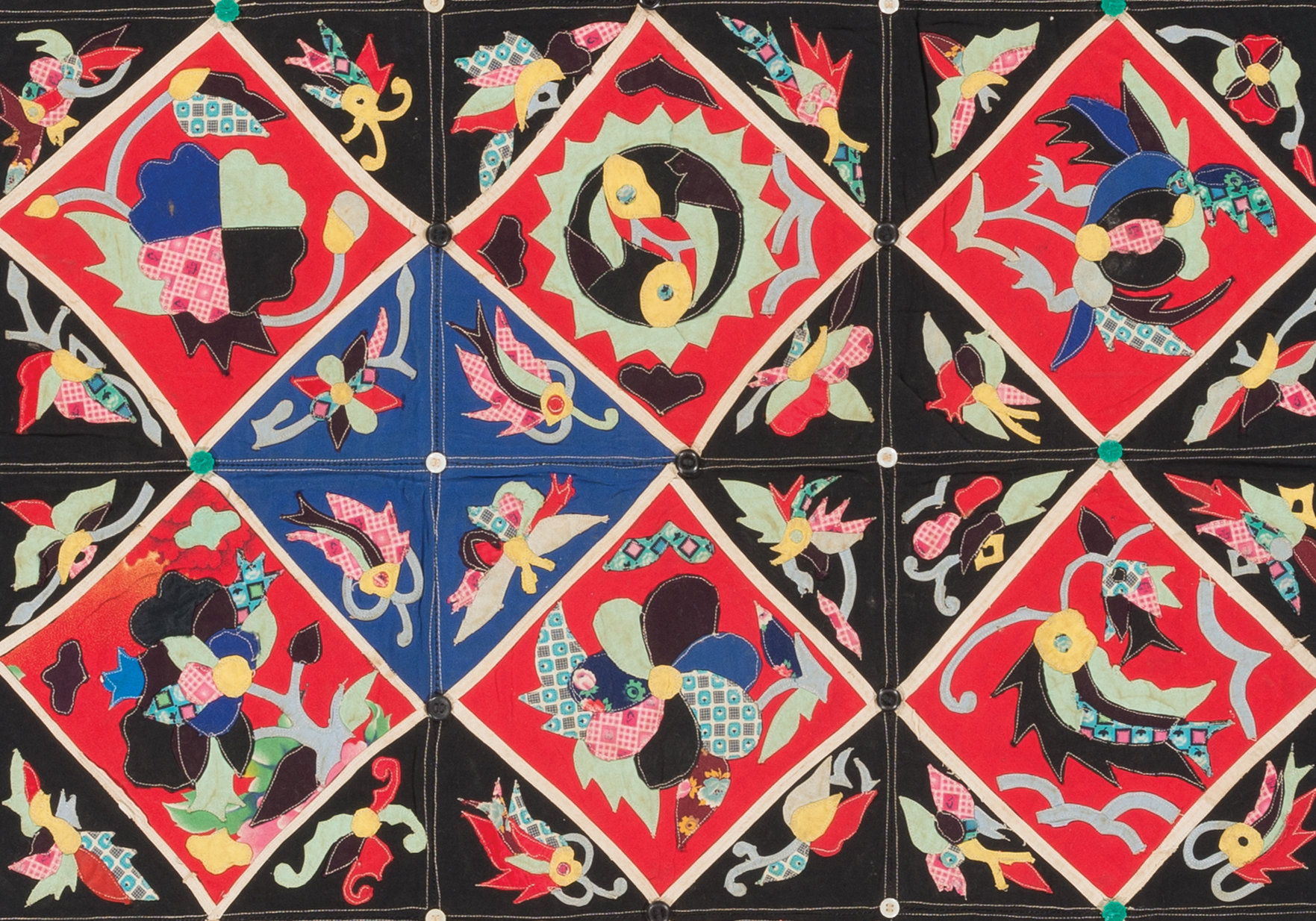
Quilts of Southwest China
June 3-Sept 28, 2016

Textiles are material evidence of history and culture and can tell us much about trade, religion, traditions, migration, communities, and individuals. The intangible characteristics—the uses, meanings, stories, skills and knowledge about production—associated with these textiles are often integral to the identity and cultural heritage of individuals and communities.
The textile traditions in China of making and using quilts or bedcovers have received little attention by scholars, collectors, and museums; few examples are in public or private collections and little has been published on them. The research and collecting done for Quilts of Southwest China provides some of the first documentation of the intangible and tangible cultural heritage associated with the practices of piecing and appliquéing fabric together to form artistic and functional textiles.
Come explore this new territory of Chinese textile traditions with us.
纺织品是历史和文化的物质证据,可以记录很多与贸易、宗教、传统、迁徙、社区和个人相关的信息。纺织品的非物质特征—其用途、意义、故事、制作技艺与知识—通常会与个人和社区的身份认同和文化遗产相融合。学者、收藏家和博物馆很少关注中国制作和使用拼布被面的传统,拼布被面的公共和私人收藏不多,关于拼布被面的出版物也很少。《中国西南拼布》项目中所做的研究和征集工作是对这种使用小块布片缝纳成艺术纺织品和实用纺织品的物质和非物质文化遗产的先创性的记录之一。
This exhibition would not have been possible without the commitment of the following institutions to engage in and support a collaborative, bi-national research inquiry into the intangible and tangible aspects of a material culture tradition in southwest China:
Michigan State University Museum (East Lansing, Michigan, USA), Mathers Museum of World Cultures, Indiana University (Bloomington, Indiana, USA), Museum of International Folk Art (Santa Fe, New Mexico, USA), Yunnan Nationalities Museum (Kunming, Yunnan, China), Guangxi Nationalities Museum (Nanning, Guangxi, China), Guizhou Nationalities Museum (Guiyang, Guizhou, China), and the International Quilt Museum, University of Nebraska-Lincoln (Lincoln, Nebraska, USA)